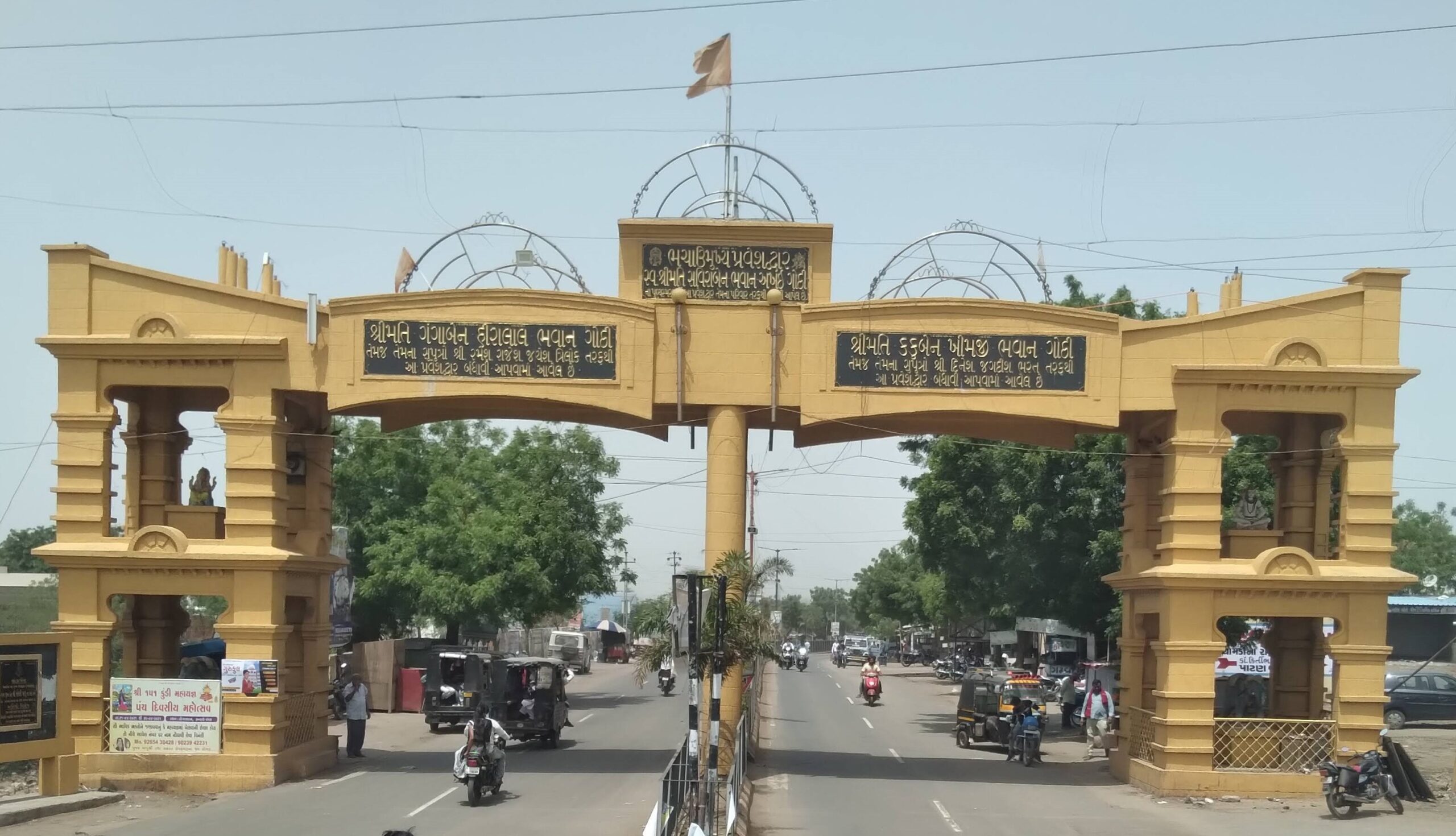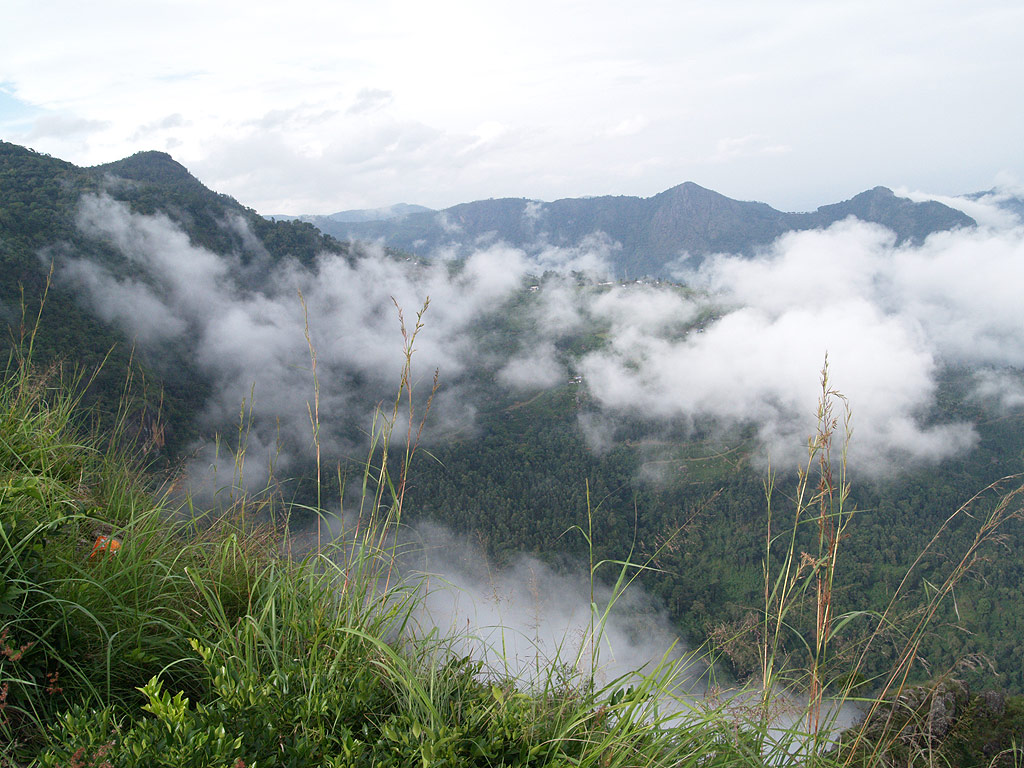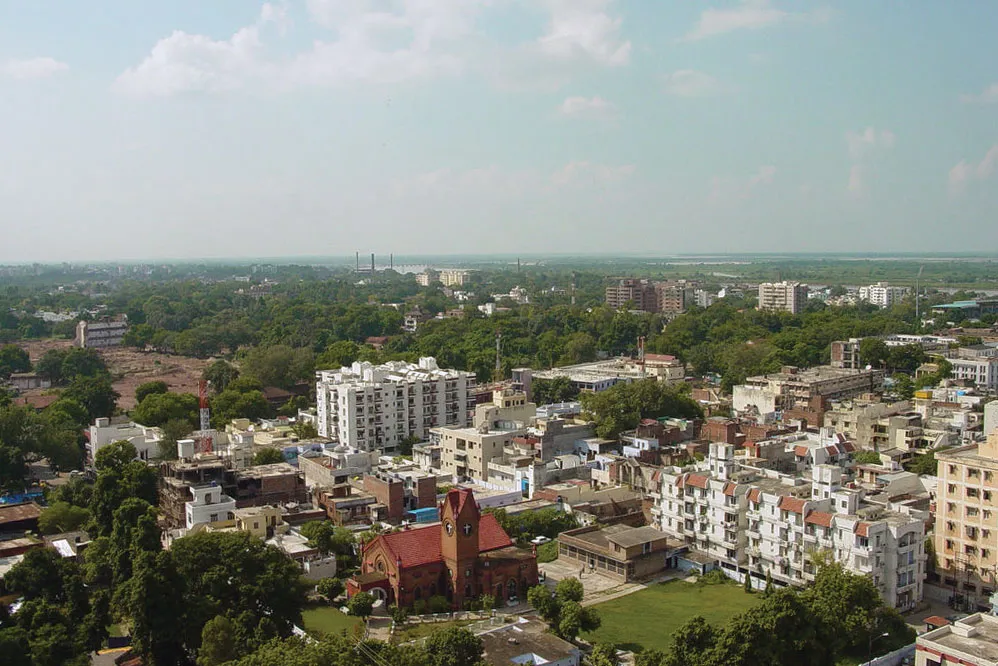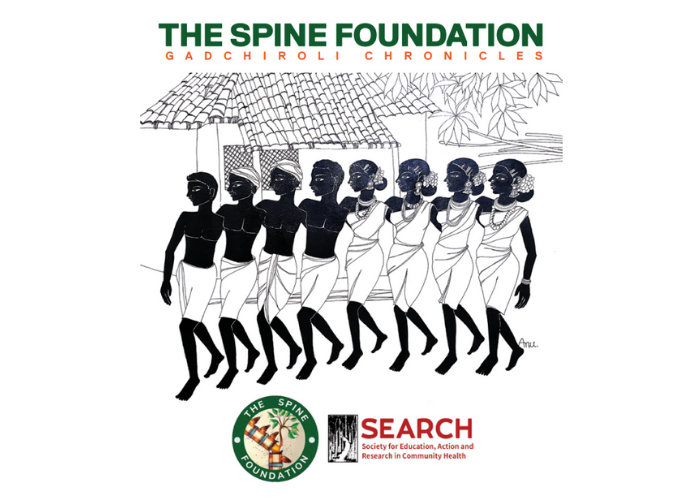India’s Icons Praise The Spine Foundation
India’s Icons Praise The Spine Foundation Introduction: A Nation’s Backbone Finds Its Champions In a country where world-class hospitals rise in bustling cities while remote villages still wait for basic healthcare, one silent struggle continues to be overlooked—spinal health, especially among the poor and forgotten. For over 25 years, The Spine Foundation (TSF), a top NGO in India has been quietly weaving a lifeline through mobile clinics, rural spine care centres, and free surgeries, giving thousands a chance to stand tall again. Today, some of our most celebrated voices—industrialists, actors, athletes, and artists—lend their words to TSF’s inspiring journey. Their messages remind us that quality spine care is not a luxury but a right, and that when the backbone of our nation is supported, communities flourish. “Quietly Working at the Grassroots” “The Spine Foundation has been quietly working at the grassroots for over 25 years bringing quality spine care to the poor and marginalised. We need more organisations like TSF to take our country forward.”— Hema Malini, Member of Parliament, Lok Sabha As a longtime champion of social causes, Hema Malini shines a light on TSF’s longevity and its rural spine care centres (RSCCs). These centres—staffed by TSF-trained fellows—serve as hubs for follow-up physiotherapy, ongoing rehabilitation, and community education on posture and spinal health. Hema ji’s call for more such organizations reminds us that genuine progress springs from deep roots. “Reaching the Poor in the Remotest Parts of Our Country” “Fantastic work being done by The Spine Foundation, reaching out to the poor in the remotest parts of our country. A big thumbs up to Team TSF.”— Harsh Goenka, Chairperson, RPG Group Harsh Goenka knows leadership and vision. His salute to TSF’s mobile spine clinics underscores the sheer scale of the challenge—and the Foundation’s determination to meet it. When cities hum with advances in medical technology, TSF drives past potholes and power cuts to bring those advances directly to rural doorsteps. “Saluting Mumbai’s Top Spine Surgeons” “These are Mumbai’s top spine surgeons who are treating patients for free. I salute these doctors.”— Anjan Chatterjee, Founder of Speciality Restaurants Limited Anjan Chatterjee highlights a crucial truth: cutting-edge spinal surgery need not be confined to private hospitals. TSF’s network of specialized spinal surgeons donates their skill and time so that a labourer in Melghat or a schoolgirl in Gadchiroli can access high-quality spine treatment—often at no cost. “Gandhi’s Teachings in Action” “I see Gandhi’s teachings and principles in the working of The Spine Foundation. The work they are doing is super important for our country.”— Feroz Abbas Khan, Theatre Director and Playwright Feroz Abbas Khan compares TSF’s ethos to that of Mahatma Gandhi—service to the poorest of the poor, delivered with humility and compassion. Like the Wardha clinics of the freedom era, TSF’s mobile spine camps bring both modern medicine and hope to forgotten corners. “The Remotest Tribal Villager Deserves the Best” “Thanks to TSF, even a tribal living in the remotest part of our country can access the best and the latest spine treatment in the country.”— Dilip Vengsarkar, Former Indian Cricketer Cricket legend Dilip Vengsarkar underscores TSF’s mission: breaking geographic and economic barriers to spine care. Whether it’s a herniated disc or severe scoliosis, TSF’s rural outreach ensures that talent and resilience are not stunted by a lack of medical access. “May Your Tribe Increase” “I wish all the best to The Spine Foundation. May your tribe increase.”— Asrani, Actor and Director Asrani’s playful blessing—“may your tribe increase”—speaks to the need for more volunteers, more donors, and more healthcare professionals to join TSF’s ranks. A single foundation can spark change, but a movement across the medical fraternity can transform a nation. “Masters of the Spine” “TSF’s spine doctors are masters of their craft. Their vision of delivering top-class spine care to poor patients is commendable.”— Amitabh Bachchan, Actor When Bollywood’s megastar Amitabh Bachchan lauds TSF’s master surgeons and their vision, it amplifies the Foundation’s credibility. Mastery in spinal surgery—coupled with deep empathy—defines TSF’s approach, whether in major city hospitals or remote village panchayats. “Spreading Awareness—Our Collective Responsibility” “TSF has been helping people in villages. Spreading awareness about TSF should be our responsibility. They are doing good work and they make people suffering love their life again.”— Shri Suresh Wadkar, Legendary Singer Shri Suresh Wadkar reminds us that awareness is as vital as treatment. TSF’s success depends on families recognizing early red flags—uneven shoulders in teens, sharp leg pain in labourers, loss of bladder control—and seeking help at the nearest mobile clinic or RSCC. “Thank You for Lighting Up Lives” “TSF is close to my heart. Thank you for the beautiful work. I pray that you light up all the lights.”— Shirley Setia, Singer Singer Shirley Setia’s words capture TSF’s essence: healing spinal bones and illuminating lives. For patients, TSF is often their first encounter with a healthcare system that listens, respects, and truly cares. “Support Such Initiatives” “They are doing a fantastic job. We should support such initiatives. Best of luck.”— Sachin Tendulkar, Cricketer Cricket icon Sachin Tendulkar’s endorsement urges fans and patrons to back TSF—whether through donations, volunteering, or simply spreading the word. After all, health is a team sport. “Hats Off to You” “To go into such remote parts of India and do such great work in spine care is simply outstanding. Hats off to them.”— Ashutosh Gowariker, Filmmaker Director Ashutosh Gowariker highlights the logistical feat of reaching the “last mile”—rough roads, monsoon floods, and power outages—to save spines and restore mobility. “A Noble Cause” “They are doing it for the people who need it the most and who can least afford it. I can’t think of a more noble cause.”— Anil Kapoor, Actor Anil Kapoor nails the heart of TSF’s mission: serving the most vulnerable. When cost is no barrier, and compassion guides every decision, spinal care becomes a human right. “This Is What Our Country Needs” “The work they do—providing high-quality medical care to patients who can’t afford it without any return—is what our country
India’s Icons Praise The Spine Foundation Read More »







 Purulia (West Bengal): 27 Nov - 30 Nov 2025
Purulia (West Bengal): 27 Nov - 30 Nov 2025
 Bhachau (Gujarat): 04 Dec - 07 Dec 2025
Bhachau (Gujarat): 04 Dec - 07 Dec 2025
 Gadalur (Tamil Nadu) Feasibility Visit : 10 Dec - 11 Dec 2025
Gadalur (Tamil Nadu) Feasibility Visit : 10 Dec - 11 Dec 2025
 Kanpur (Uttar Pradesh) Feasibility Visit : 12 Dec - 14 Dec 2025
Kanpur (Uttar Pradesh) Feasibility Visit : 12 Dec - 14 Dec 2025
 Jalgaon (Maharashtra) : 11 Dec - 14 Dec 2025
Jalgaon (Maharashtra) : 11 Dec - 14 Dec 2025
 Silchar (Assam) : 18 Dec - 21 Dec 2025
Silchar (Assam) : 18 Dec - 21 Dec 2025
 Kankavli (Maharashtra) : 19 Dec - 21 Dec 2025
Kankavli (Maharashtra) : 19 Dec - 21 Dec 2025










